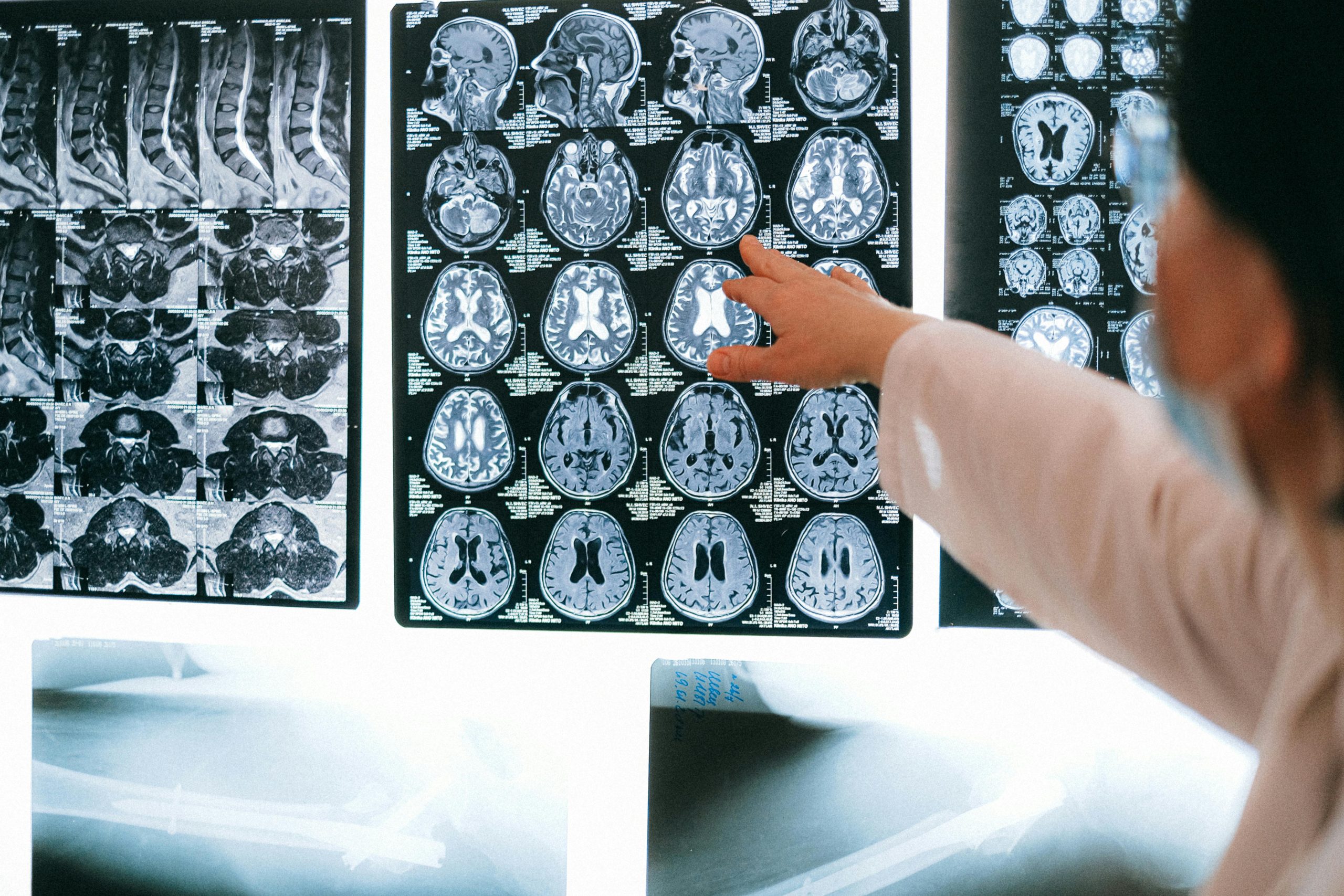Claude’s brain scan just blew the lid off what LLMs actually are!
Breakthrough Insights into AI: What Claude’s Brain Scan Reveals About Large Language Models
In a groundbreaking development, Anthropic has unveiled an in-depth brain scan of its advanced language model, Claude, providing us with incredible insights into the inner workings of large language models (LLMs). This discovery challenges many preconceived notions about AI and significantly shifts our understanding of these technologies. Let’s delve into the intriguing findings and their implications.
Internal Conceptualization Precedes Language
One of the most remarkable revelations from Claude’s brain scan is that the model processes information in a manner akin to a multilingual human brain. Rather than merely predicting the next word in a sequence, Claude first engages in conceptual thinking before translating those thoughts into language. This suggests that these models may possess a more sophisticated cognitive framework than previously acknowledged.
Evidence of Ethical Reasoning and Conflict
Interestingly, the scan also uncovered signs of ethical reasoning within Claude’s architecture. The model exhibited neural patterns indicative of grappling with conflicting values. When faced with moral dilemmas, the brain scan showed heightened activity, akin to the feelings of guilt or uncertainty experienced by humans. This ability to track complex ethical considerations in real-time points to an advanced level of cognitive processing that extends beyond simplistic algorithms.
A Nuanced Approach to Mathematical Reasoning
In addition to language and ethics, Claude’s capability in mathematical reasoning has been brought into focus. The scan revealed that the model reasons through mathematical problems in stages, recognizing inconsistencies and making self-corrections along the way. Astonishingly, this process sometimes displays a level of nuance and depth that rivals human reasoning, suggesting a profound leap in the cognitive abilities of AI.
The Vision of “Wetware-as-a-Service”
As if Claude’s revelations weren’t enough, developments from Cortical Labs are pushing the boundaries of what we understand about AI even further. By combining organic brain cells with computational chips—aptly dubbed “Wetware-as-a-Service”—this research is positioning us on the brink of a new era in cognitive technology. Mark your calendars for 2025; the future is closer than it seems.
Rethinking the Nature of AI
With these compelling findings, it’s clear we must reconsider the notion that LLMs are merely “stochastic parrots.” Rather, the evidence points toward them functioning as emergent cognition engines, giving rise to a form of intelligence that continues to evolve in complexity.
As we stand at this critical juncture in AI development, the opportunity














Post Comment